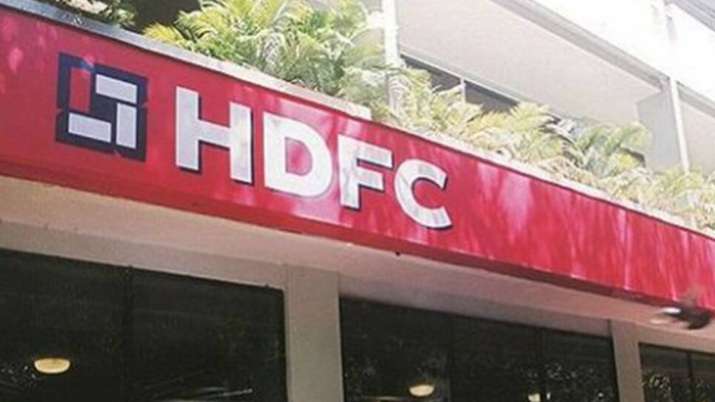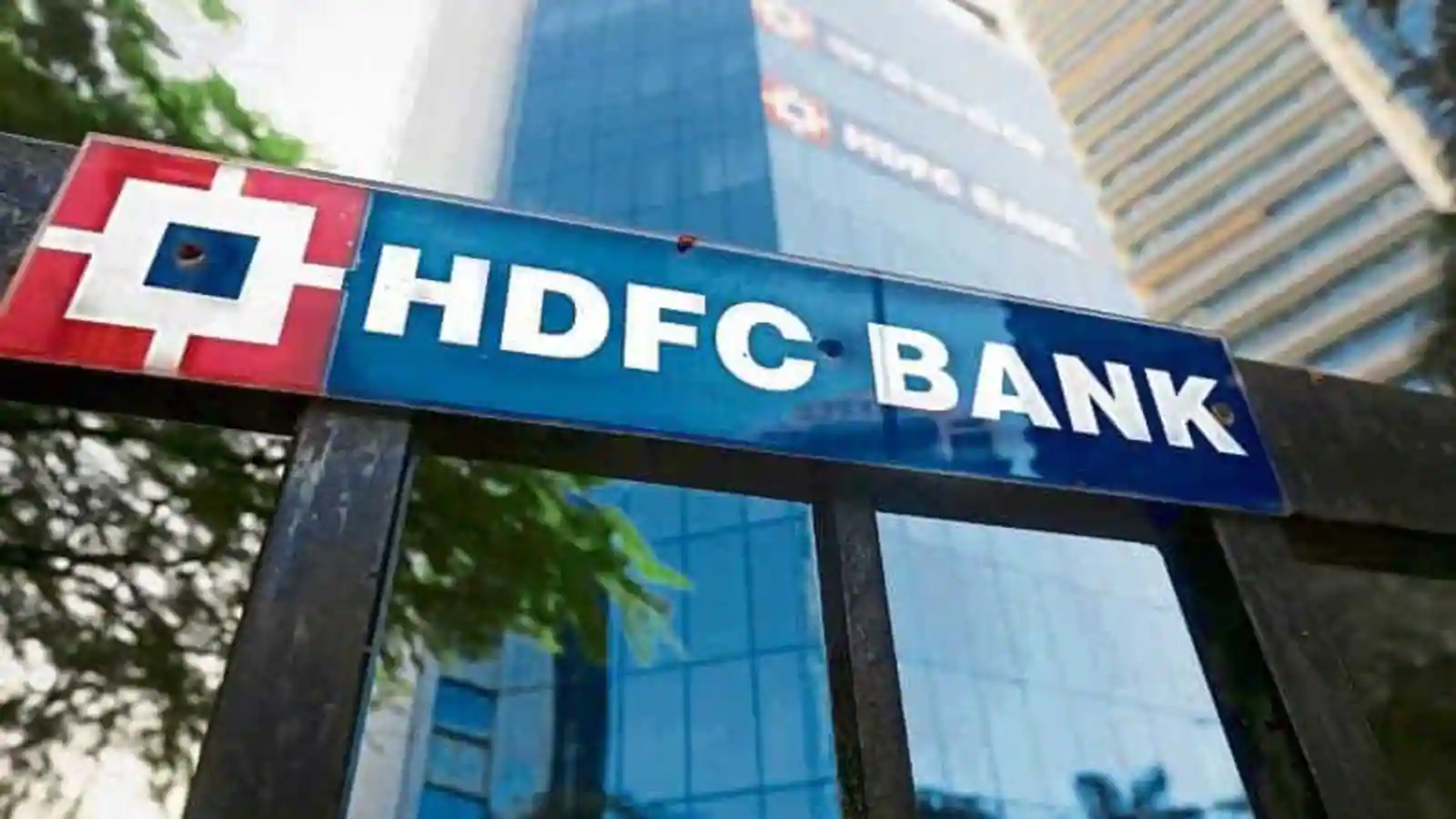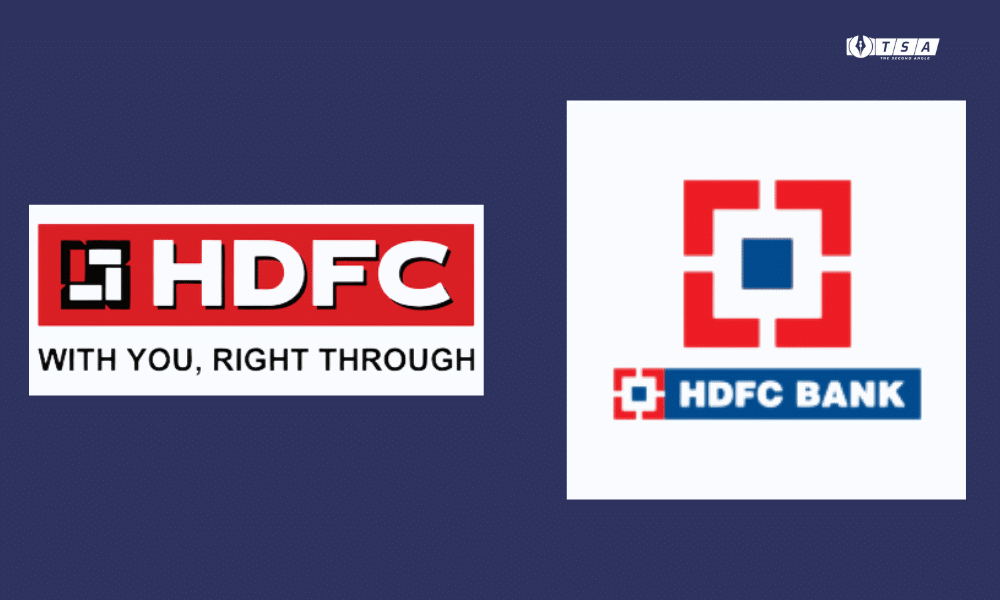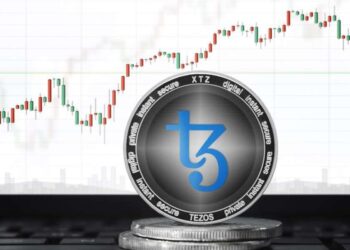The merger of India’s largest private bank and its parent firm, HDFC, was announced. Following the merger, all HDFC affiliates and subsidiaries will become subsidiaries of HDFC Bank. Both entities, HDFC Bank and HDFC, are now listed separately on stock markets, with market capitalizations of around Rs 8.91 lakh crore and Rs 4.75 lakh crore, respectively.

The news of the merger resulted in a significant increase in the share prices of the two companies, which were up by more than 7% in early trading hours. According to HDFC Bank, the acquisition is likely to conclude within the next 18 months, subject to regulatory clearances and other usual closing conditions.
What is the merger strategy?
According to the transaction structure, HDFC Limited, India’s largest home financing firm with Rs 5.26 trillion in AUM and a market capitalization of Rs 4.44 trillion, would combine with HDFC Bank, India’s largest private sector bank by assets, with a market capitalization of Rs 8.35 trillion.
HDFC Limited’s subsidiaries and partners will likewise be transferred to HDFC Bank.

The Securities and Exchange Board of India (SEBI) has a maximum suggested limit of 10% in a given stock to safeguard investors’ interests and prevent overexposure to a particular investment. This technically implies that no plan can hold more than 10% of the shares. So, if a plan holds 8% of its portfolio in HDFC Bank and 5% in HDFC, the aggregate allocation to the new firm will be 13% following the merger. The allotment will be 3% more than the maximum ceiling of 10% set by SEBI. According to this logic, the fund management will reduce the exposure by 3% to fulfill the regulatory requirement.
What is the transaction’s share swap ratio?
Shareholders of HDFC Limited on the record date will get 42 HDFC Bank shares in exchange for 25 HDFC Limited shares.
What changes will occur in terms of ownership?
Following the merger, HDFC Limited’s stake in HDFC Bank will be erased, and HDFC Bank will be held entirely by public shareholders. Existing HDFC Limited shareholders will own 41% of HDFC Bank.
What are the benefits of the merger for the two companies?
While this will boost the company’s capacity to cross-sell items to a bigger client base, it will also help them utilize distribution across urban, semi-urban, and rural areas. The combined financial sheet of Rs 17.87 trillion and the net value of Rs 3.3 trillion would allow for higher-scale underwriting.
How would customers of both companies benefit from the merger?
HDFC Ltd. and HDFC Bank will continue to function as distinct organizations until the merger takes effect, which is expected to take 12-18 months. According to analysts, the merged business will benefit from the merger’s synergies. The mortgage company will benefit from the bank’s low-cost capital, and the bank will benefit from HDFC’s expertise in mortgage lending. Because HDFC Bank’s cost of capital is lower, a portion of this gain may be passed on to HDFC Ltd.’s home loan clients in the form of lower interest rates following the merger.

Other analysts, however, pointed out that the ultimate merger is roughly 12-18 months away, making it impossible to forecast the advantages in terms of interest rates. The level of advantage to borrowers, if any, will also be determined by the interest rates in the system at the moment. At the moment, it is premature to delve into the nitty-gritty of interest rates.
Also, Checkout: Fuel prices increases by Rs. 10 in two weeks












